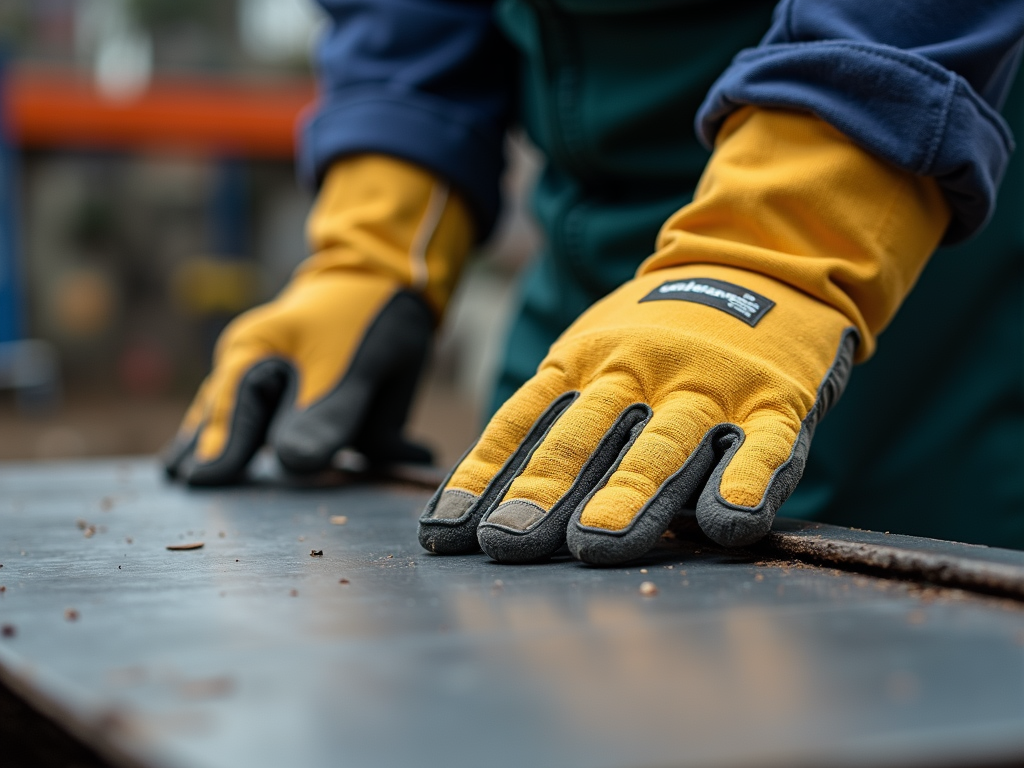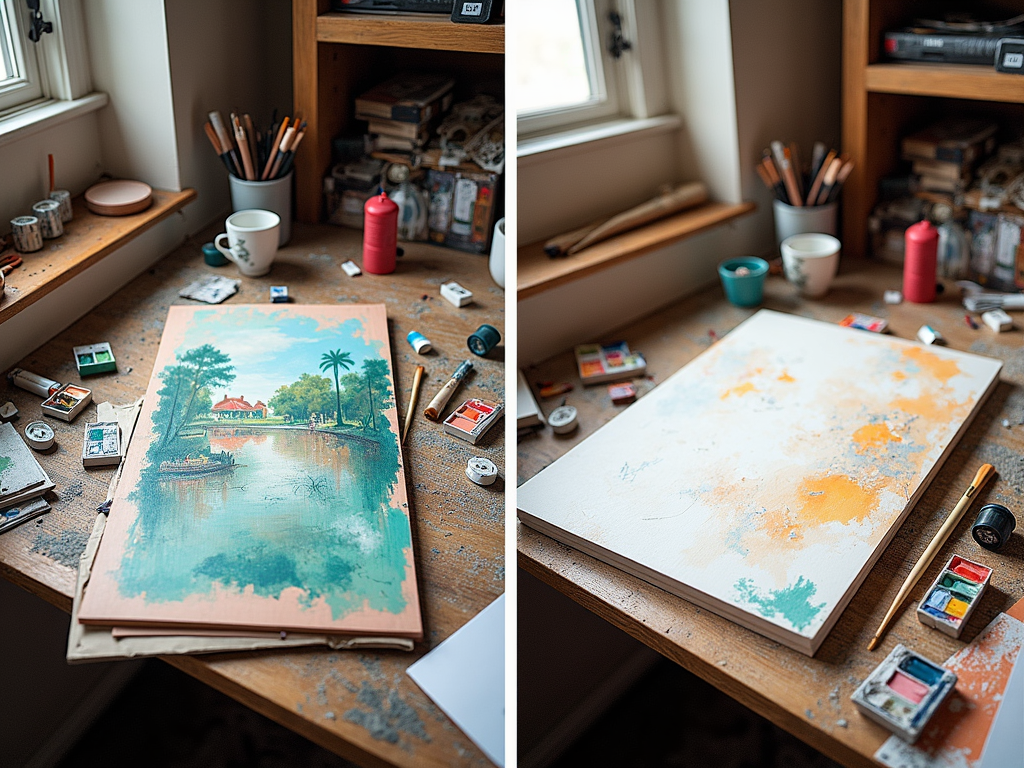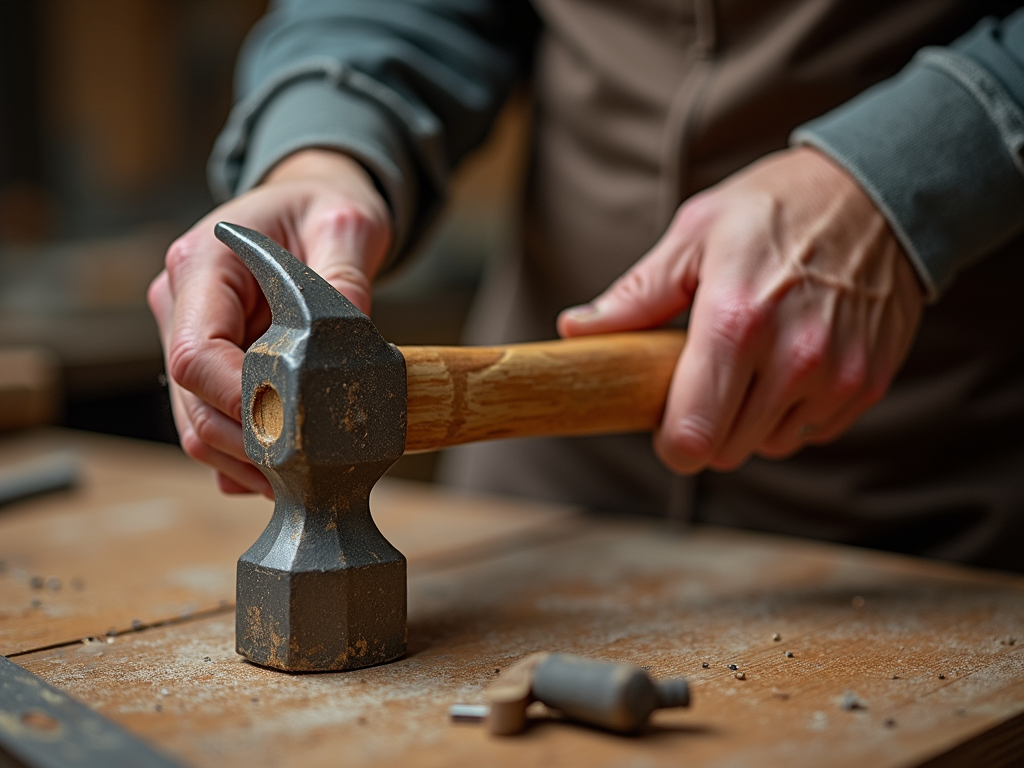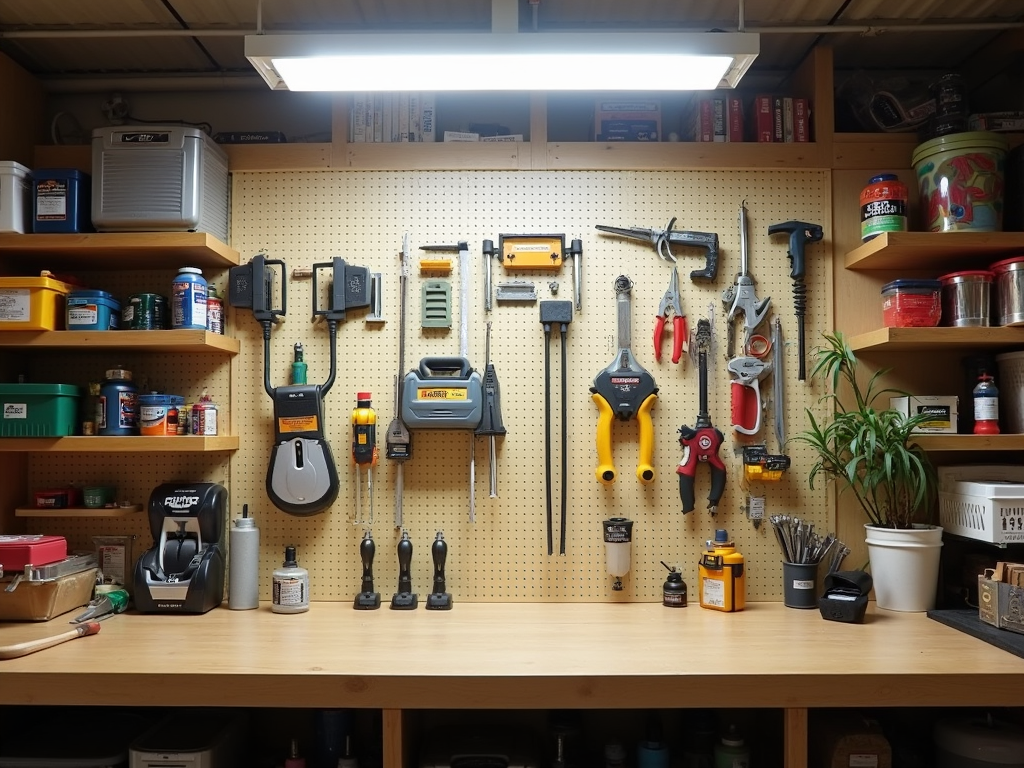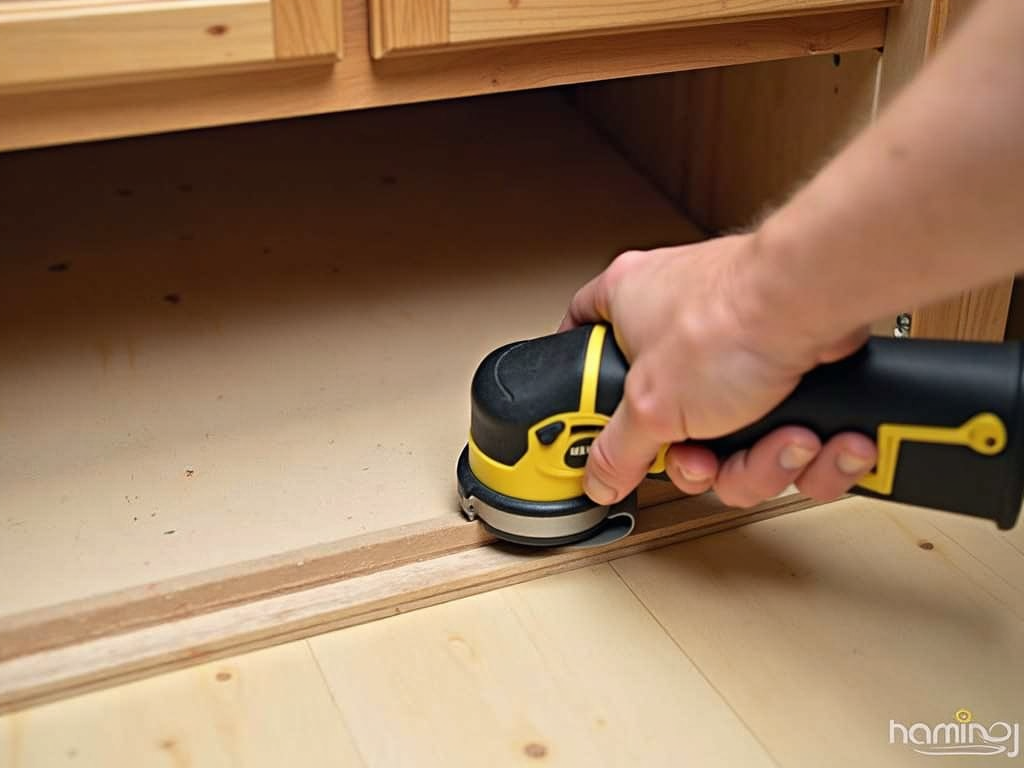Metalworking is all about precision, skill, and having the right tools. This guide dives into the world of workman tools for metalworking, offering practical advice to help you pick the best equipment for your projects, no matter your experience level.
Why Quality Tools Matter
When I first started metalworking, I thought I could get by with cheap tools. I was wrong. They broke fast, made my work sloppy, and frustrated me endlessly. Over time, I learned that investing in quality workman tools saves money and boosts results. Good tools last longer, work better, and make every job smoother.
Getting Started with Hand Tools
Every metalworker needs a solid set of hand tools. These are the backbone of any project, big or small. Here’s what I’ve found essential after years of trial and error:
- Hammers: I rely on a ball-peen hammer for shaping metal. A claw hammer works great for general tasks too.
- Screwdrivers: You’ll need flathead and Phillips types. Comfortable handles and strong tips are key.
- Pliers: Needle-nose pliers handle tiny details, while locking pliers grip tight.
- Wrenches: An adjustable wrench is handy, but a full set speeds things up.
- Files: These smooth edges and shape metal. Get a variety of sizes.
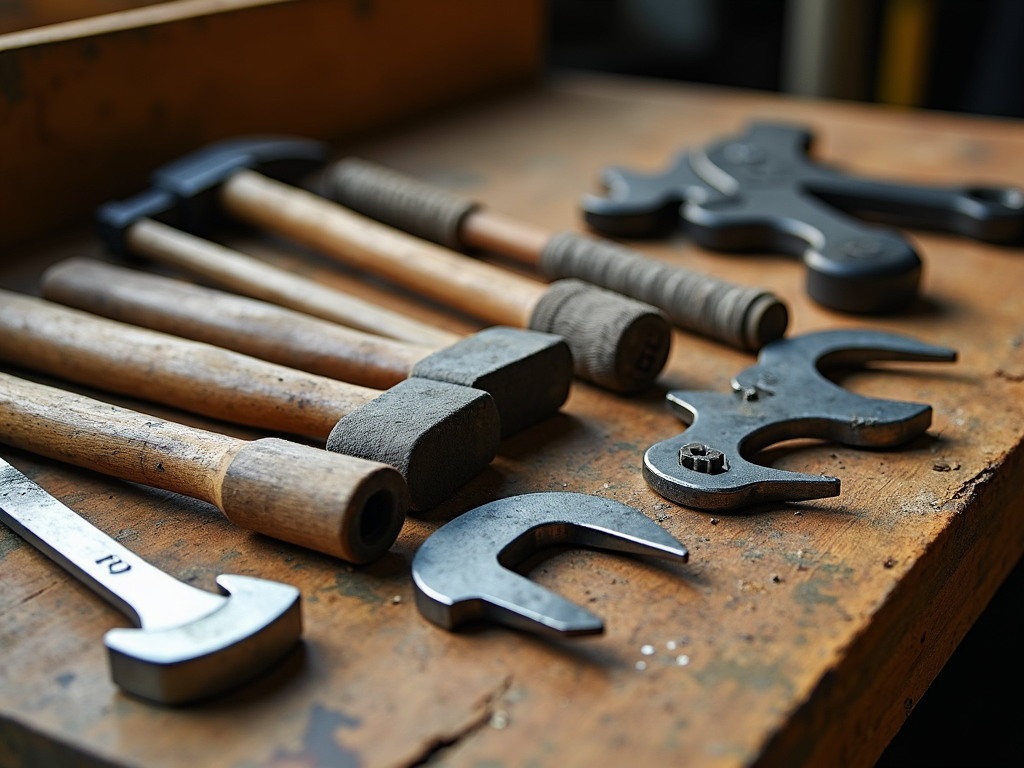
Stepping Up with Power Tools
Hand tools are great, but power tools take your work to the next level. They save time and open doors to bigger projects. Here’s my go-to list:
- Drills: A cordless drill is my everyday pick. For tougher jobs, a drill press nails precision.
- Grinders: Angle grinders cut and polish fast. Bench grinders keep tools sharp.
- Saws: A hacksaw handles small cuts, but a band saw tackles big metal pieces.
- Welders: MIG welders are easy for newbies. TIG welders give me more control.
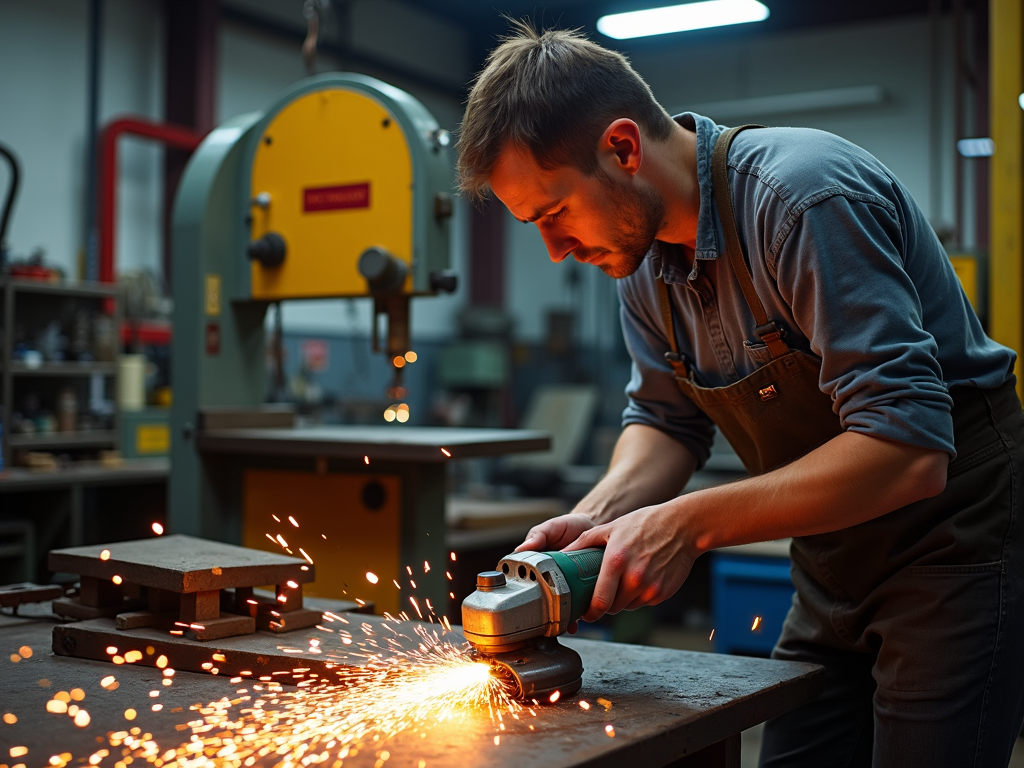
Advanced Tools for Serious Metalworkers
As your skills grow, so do your tool needs. Specialized workman tools for metalworking can transform your craft. Here’s what I’ve added to my kit:
- Lathes: Perfect for round shapes. I started with a mini lathe before upgrading.
- Milling Machines: These cut metal with pinpoint accuracy. They’re pricey but worth it.
- Plasma Cutters: They slice thick metal like butter—fast and clean.
- Anvils: A must for blacksmithing. Mine’s taken a beating and still holds strong.
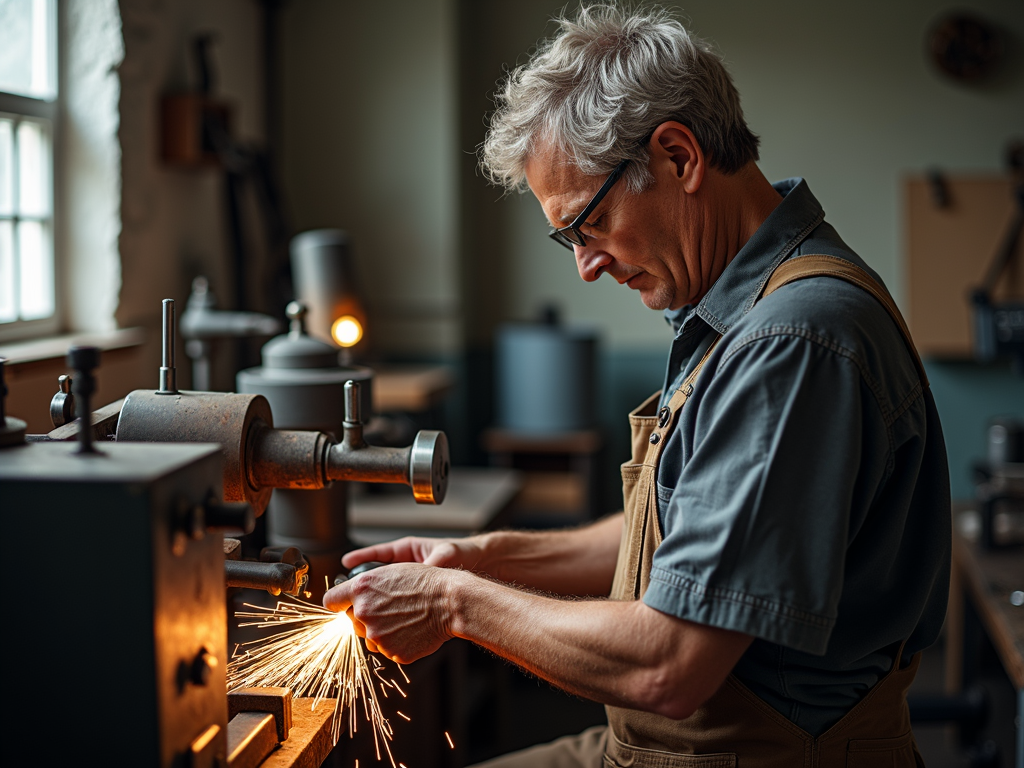
Safety Gear You Can’t Skip
Metalworking is rewarding but risky. Safety gear isn’t optional—it’s a lifesaver. Here’s what I always use:
- Safety Glasses: Sparks and bits fly everywhere. These save your eyes.
- Gloves: Thick ones shield against cuts and heat.
- Ear Protection: Loud tools can damage hearing. I use earmuffs.
- Respirators: Fumes are no joke. A mask keeps you breathing easy.
- Fire Extinguisher: Sparks can start fires. Keep one close.

Matching Tools to Your Projects
The tools you need depend on your work. For small stuff like jewelry, I stick to precise hand tools—tiny hammers and fine files. For big jobs like car parts, I break out the power tools—grinders and welders. Think about your project’s size and detail before buying.
Keeping Your Tools in Top Shape
Good tools only stay good if you care for them. I’ve learned this the hard way—rusty tools are useless. Here’s how I keep mine ready:
- Clean After Use: A quick wipe prevents rust.
- Lubricate: Oil keeps pliers and wrenches moving.
- Store Smart: Toolboxes or pegboards keep things safe and organized.
- Sharpen: Dull saws and files waste time. Sharpen them regularly.

My Favorite Tool: The Ball-Peen Hammer
If I had to pick one tool, it’s my ball-peen hammer. It’s simple but versatile. I’ve used it to shape everything from thin sheets to chunky rods. The flat side flattens, the round side curves—perfect for metalworking. It’s been with me since day one.
Budgeting for Tools
Starting out, you don’t need everything at once. I began with basic hand tools—about $50 total—and added power tools as I grew. Set a budget, prioritize quality over quantity, and buy what fits your current projects. Used tools from trusted sellers can save cash too.
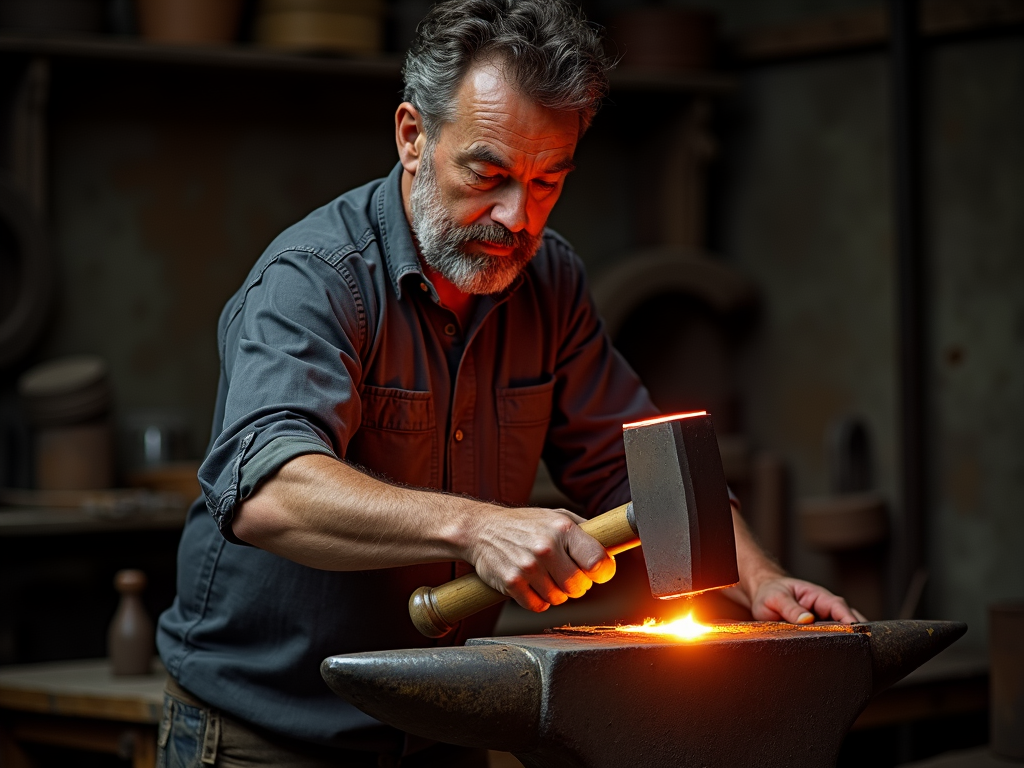
Tips for Beginners
New to metalworking? Start small. Practice with scrap metal and basic hand tools before jumping to power tools. Watch your cuts, measure twice, and don’t rush. Mistakes teach you more than successes—my first bent nail proved that!
Scaling Up as You Learn
Once you’re comfortable, experiment with bigger tools. My first power tool was a drill—simple but game-changing. Then I tried welding, which opened up new possibilities. Take it step by step, and let your skills guide your tool choices.

Conclusion
Mastering metalwork starts with the right workman tools for metalworking. From hand tools like hammers to power tools like welders, each one matters. Focus on quality, stay safe, and maintain your gear. With practice and the right equipment, you’ll craft amazing things.
Related workman tools for metalworking:
- Safety First: Protecting Yourself in the Metalworking Shop
- The Art of Organization: Keeping Your Workspace Tidy and Functional
- The Future of Industrial Automation: Trends, Technologies, and Impacts
- 10 Must-Have Tools for Every Craftsman
- How to Maintain Your Workman Tools for Longevity
- Top Wrench Sets for Construction Workers: A Comprehensive Guide
- The Future of Painting: Embracing Innovation and AI for Efficiency
- Tips for Organizing Small Workshops Efficiently
- The Evolution of Power Tools: From Manual Labor to Modern Innovation
- Enhancing DIY Projects with Ergonomic Tools
- Essential Workman Tools for Plumbing: A Comprehensive Guide
- Oscillating Tools: A Beginner's Overview
